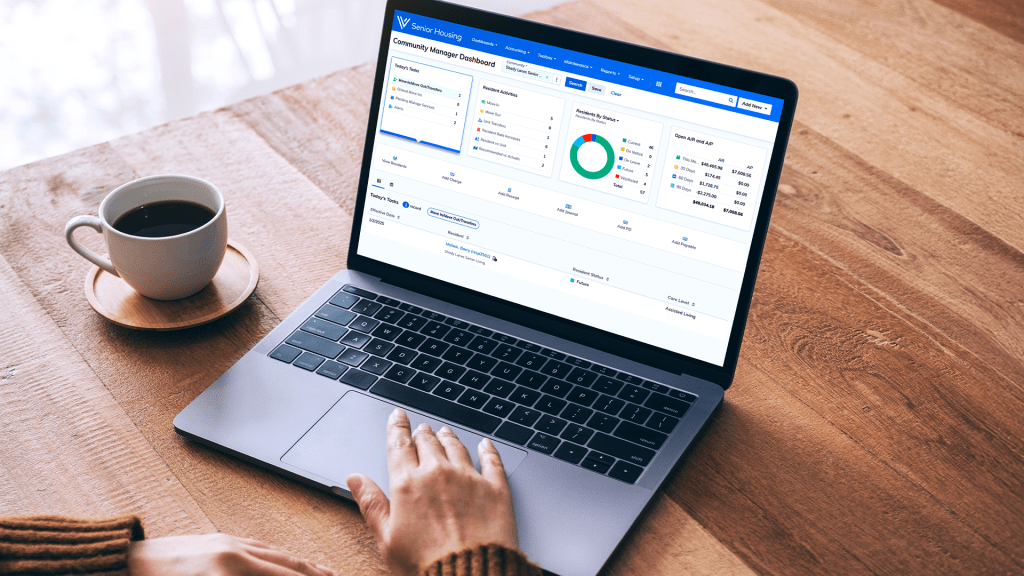By Luis Estrada on April 5, 2021 in News
“Buildings are the next computing platform.” That’s how Chase Garbarino, CEO of HqO, describes the importance of software and building intelligence as companies seek a safe return to the workplace. Just as books shifted to tablets, music switched from CDs to Pandora and Spotify and taxi service switched to Uber, buildings have transformed from manual and analog to newly digital ecosystems.
Without a doubt, the pandemic has accelerated the investment into digital infrastructure for companies of all sizes. On a recent CREtech webinar, “State of Tenant Experience: 2021,” host Michael Beckerman, CEO of CREtech, cited an Ernst & Young report that found businesses could save 11% on per-employee costs by switching to a hybrid work model. This is important for the flexible workspace industry, which has been ravaged by the effects of COVID-19 on workers entering offices. As Garbarino stated, coworking put downward pressure on lease length for years, so the traditional office industry had to focus on customer experience and happiness, partly to counter the growth of coworking. That shift to the value of tenant experience now becomes even more noticeable, as there need to be tangible benefits to returning to an office when a vast majority of employees have not lost productivity working at home.

On a recent Realcomm webinar, the panel discussed tech advancements to help workers feel more confident returning to the office. Touchless elevators, apps showing office occupancy and desk availability, as well as air quality sensors that can remove pathogens, are just some of the new ways in which employers are trying to safely welcome employees back. But these advances, as reliable and effective as they are, don’t overcome the fact that only 1% of workers are renting a space outside of their homes while working remotely.
Based on a recent study from CommercialCafe, landlords should note that a significant percentage of respondents said they were lacking amenities at home that an office should provide. For example, 19% said they lack a stable internet connection at home. Those who fall into this group would be more likely to return to an office where the connection is strong and secure. Among non-furniture or tangible amenities, poor internet connection and a lack of privacy (27%) were the biggest missing elements to a work-from-home setup.
“The building experience matters,” Garbarino stated. “You need to facilitate the experience for tenants.” Consider the entire lifecycle of a workday, not just the parts where an employee is sitting at their desk. From parking garage to elevators, building amenities and common areas, the employee most likely doesn’t notice what is going on behind the scenes. For their experience to be positive, it just has to work smoothly and safely.
From San Francisco to New York City office space, industry professionals in markets across the country need to find flexible ways to adapt how one interacts with the workspace. How do landlords and tenants achieve this goal? Software needs to have consistent language. Apps need to be integrated and communicate seamlessly. For example, your tenant mobile app connects to your door access control system. Those systems also have to connect to the booking system to reserve space, or else the process not only becomes too choppy for the user, but risky for the operator.
Garbarino noted that in his conversations with landlords, their number one challenge is the wide range of real estate tech solutions. There are many options on the market that don’t integrate with one another. Landlords find that there is value in creating a frictionless experience, but it is admittedly not their core competency. Their options are to find integrated platforms that solve for many pain points or use extra manpower, time and money to run disparate solutions.
Customers need to “see the future” in a sense when it comes to the ROI of technology implementation. The same way banks saw the need for mobile banking services and now just about any transaction can be done online, businesses need to see that attracting, retaining and engaging tenants is going to come down to the tenant experience. Even for those concerned about the initial expense, the focus has to be on the end user. You can use predictive analytics and gather in-depth data, but applying it correctly to result in attraction, retention and engagement is the challenge.
“The value to tenancy doesn’t end when you leave the building,” Garbarino said. A landlord has to ensure there is value for the tenant being a partner with them. The more enjoyable it is to come to the office, the more likely tenants are to at least come back in a hybrid model. Reimagine space as a service (SaaS). The value of human experience trumps the look and feel of a building or workspace. Air quality, for instance, is one of the important workspace factors coming out of the pandemic. Garbarino believes it is one of the priorities that will stick around longer than others. “Large tenants are putting (clean air) as an expectation now,” he said.
Overall, focus on the aspects of tenant experience that they cannot get while working at home. Tenants have the comfort, accessibility and lack of commute that they desire at home, so there must be significant benefits to draw them back into traffic or mass transit and into an office. Regaining interpersonal connection and relationships will help. But the biggest factor will be whether a landlord and an office manager can improve the tenant experience using technology beyond what is available at home.


